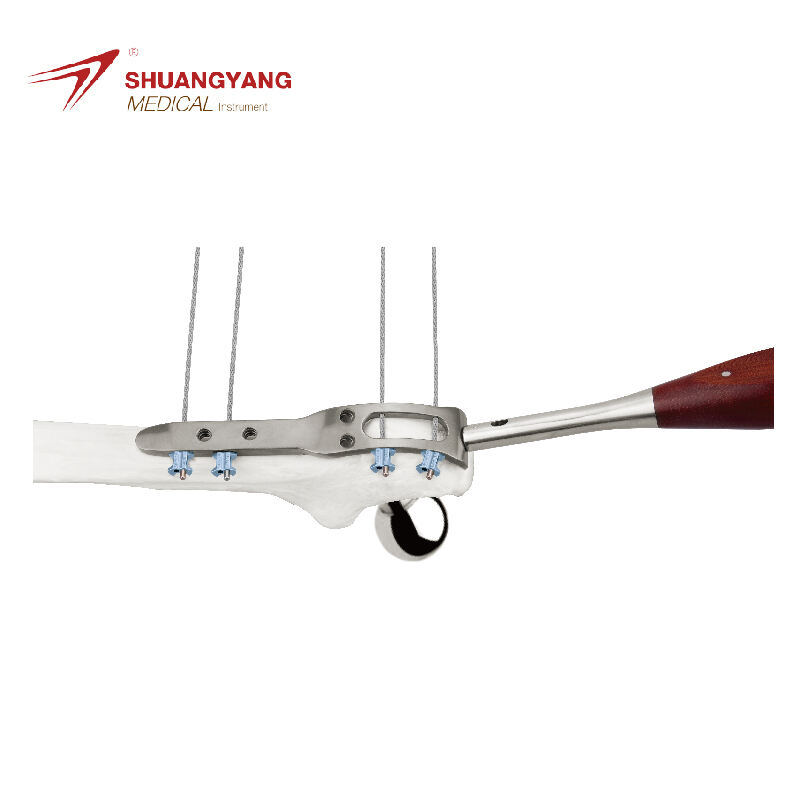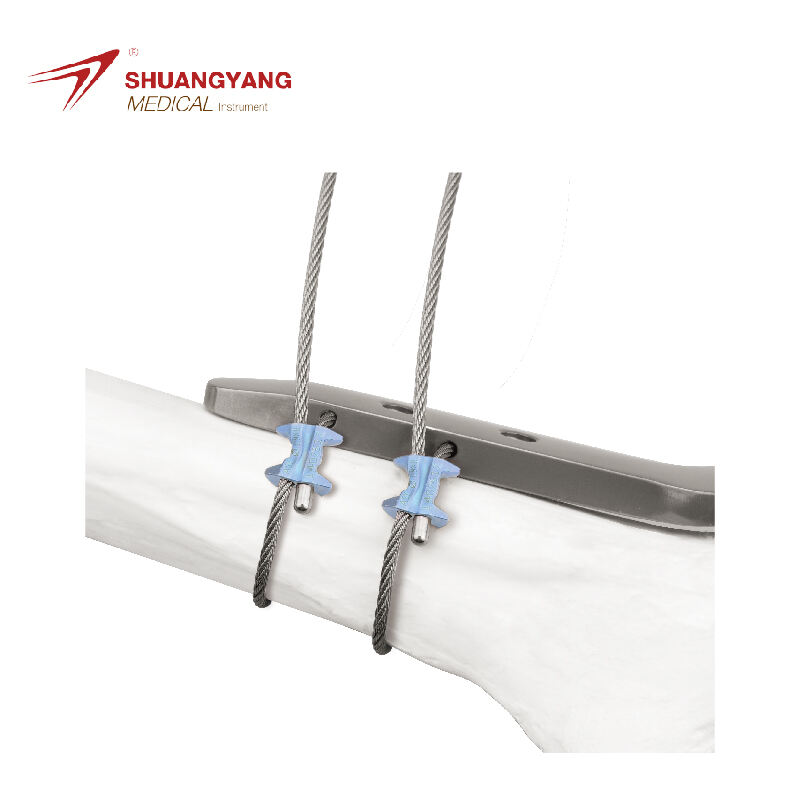Avoidance of Internal Hardware and Its Associated Risks
A significant advantage of external fixation is the elimination of the need for internal hardware, such as plates and screws. Internal hardware can pose risks such as allergic reactions, infection, and the need for additional surgeries for removal. With external fixation, these risks are essentially eliminated, making it a safer option for many patients. Additionally, the absence of permanent implants can reduce the cost of care and the psychological burden of having foreign objects inside the body, appealing to a wide range of patients.


